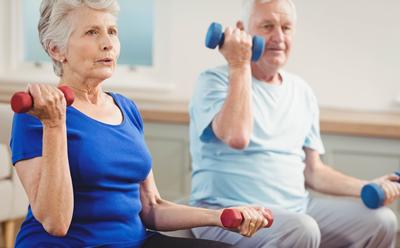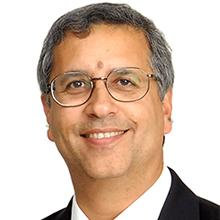Poorer health influences muscle strength in later life

Older people with poorer health are more likely to have weaker muscles and experience a decline in muscle strength more quickly than their healthier peers, according to a new study carried out at the University of Southampton.
Scientists from the Medical Research Council Lifecourse Epidemiology Unit (MRC LEU) examined the relationship between a range of characteristics and grip strength among 3,703 men and women aged 52-82 years who participated in the nationally representative English Longitudinal Study of Ageing. The participants’ grip strength was measured using a dynamometer three times over an eight-year period.
The study, published in Calcified Tissue International and Musculoskeletal Research, shows that in addition to chronic diseases, being older and shorter was linked to having poorer grip strength and a faster rate of decline in grip strength.
In addition, the study found that older people who were socioeconomically disadvantaged, those who did little exercise, and those with poorer self-rated health tended to have poorer grip strength. However, these risk factors did not predict how fast grip strength declined over time.
Accelerated loss of muscle mass and strength in older age is called sarcopenia, and can in turn affect balance, gait and overall ability to perform tasks of daily living. It is common in older people and is associated with disability, a higher risk of mortality and significant health care costs.
Professor Cyrus Cooper, Director of the MRC LEU, said: “Sarcopenia is now recognised as a major clinical problem for older people. We know that poor diets and being physically inactive are common in older age and contribute to the condition.
“These results will inform the development of lifecourse intervention strategies to promote maintenance, and reduce loss, of muscle strength in later life.”
